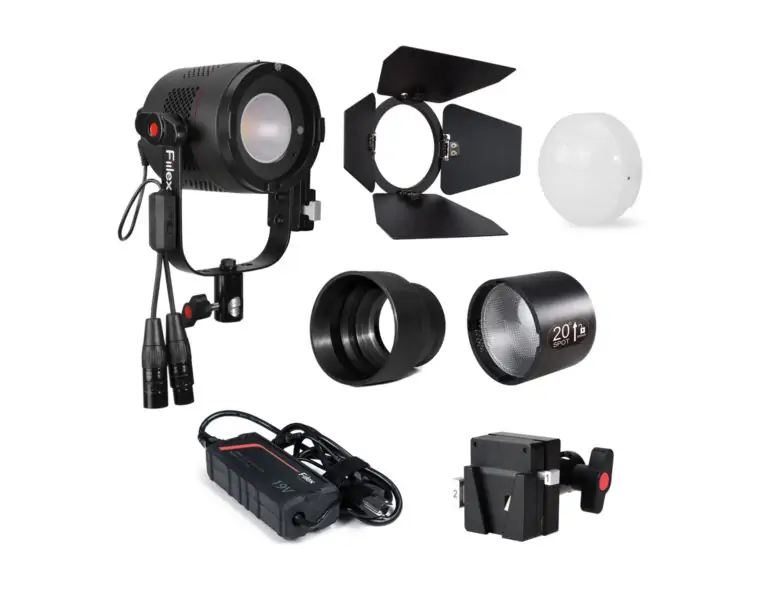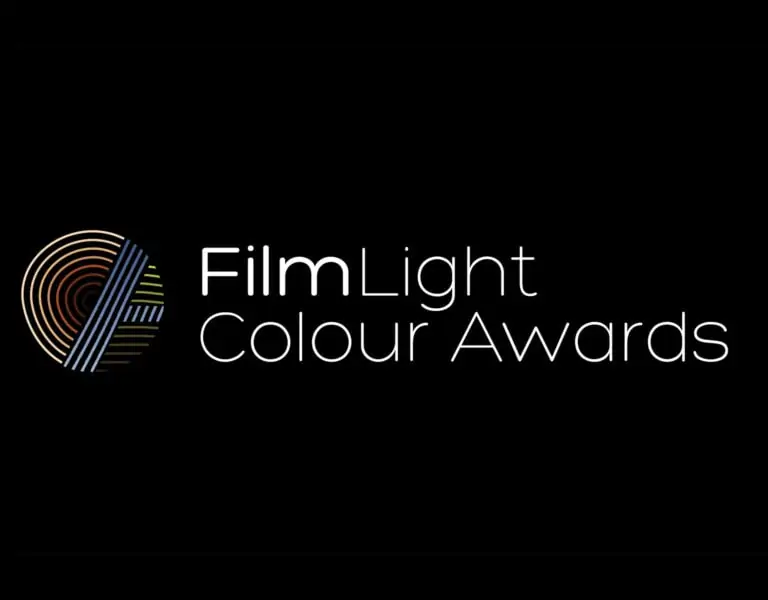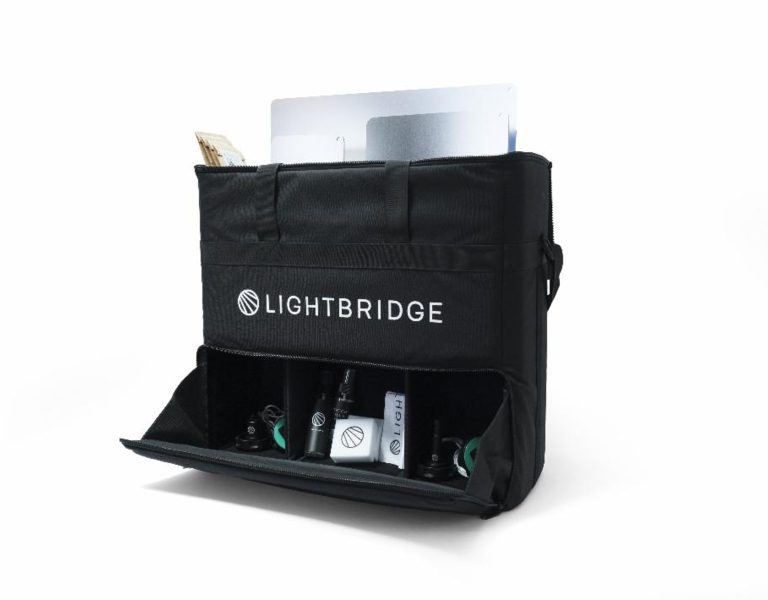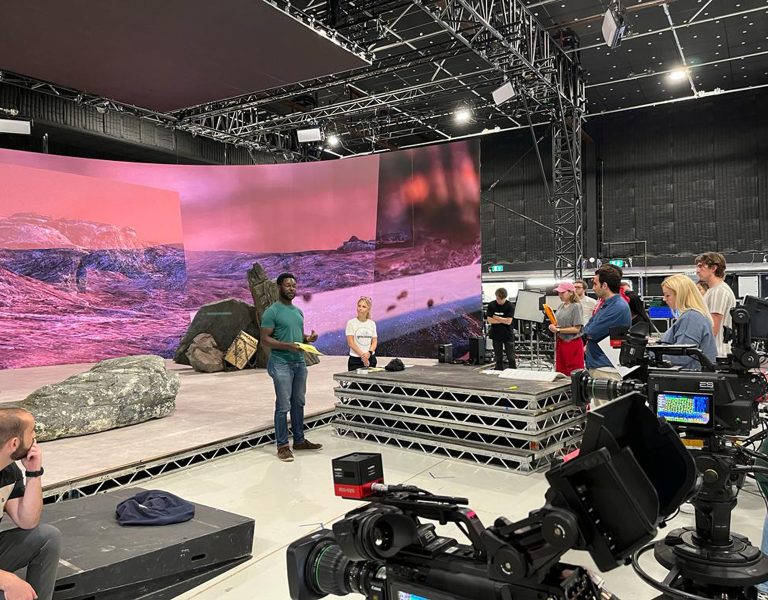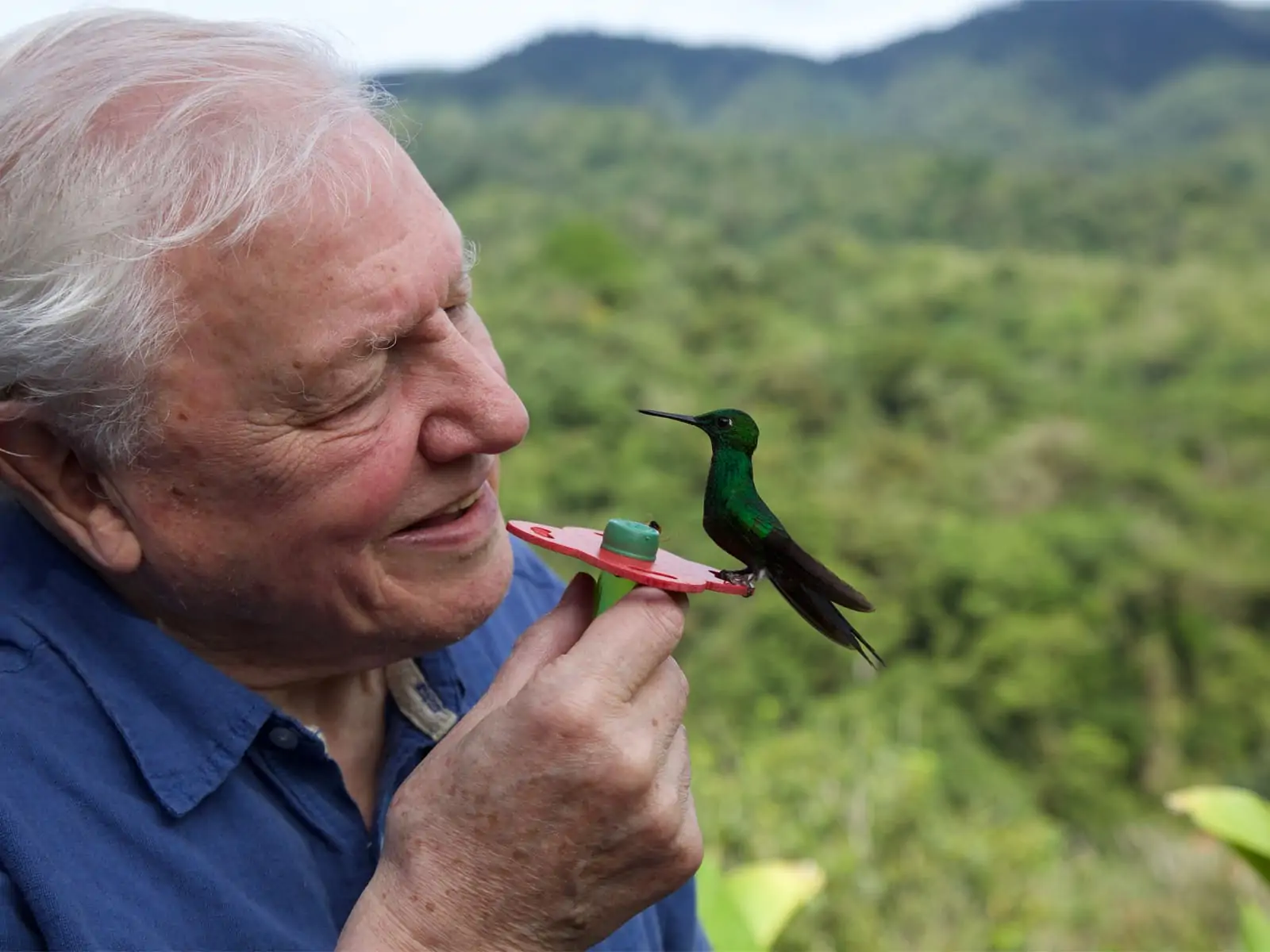
Article courtesy of RED Digital Cinema, Humble Bee Films and SeaLight Pictures.
BBC’s Life in Colour, co-produced with Netflix and Channel 9, highlights the way animals use colour through the eyes of several species. While ultraviolet (UV) and polarised light sit beyond the spectrum of human vision, they are used by some animals to communicate, attract mates and survive in the wild. The critically acclaimed series is hosted by “the peerless educator” David Attenborough and is co-produced by Humble Bee Films and SeaLight Pictures.
Series producer Sharmila Choudhury, who has been involved in many of Attenborough’s productions, says, “When we contacted David about wanting to make a series on this subject matter, he said he had wanted to make a series about colour since the 1950s!”
Over 30 cinematographers were hired to shoot Life in Colour’s three-episode arc, which was filmed all around the globe. “We filmed some fabulous stories about coral reef fish and mantis shrimp on the Great Barrier Reef. Tropical countries are particularly rich in colourful animals. We captured scarlet macaws in Costa Rica, poison dart frogs in Panama, flamingos in South America, and tigers and peacocks in India.”
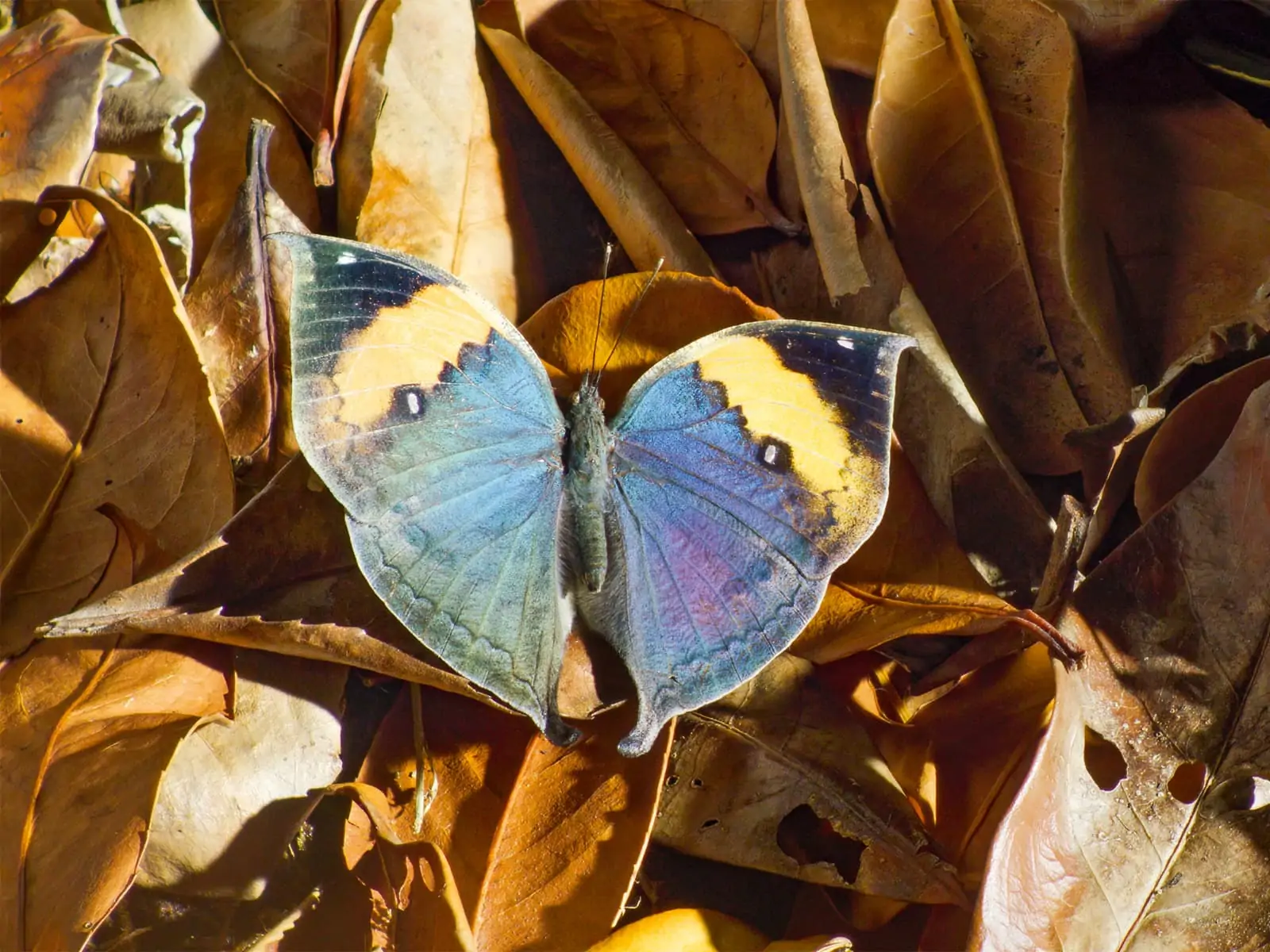
Life in Colour sets itself apart from other natural history documentary series in that it explores the extraordinary ways that animals use colour for survival. The team tried to cover a range of different kinds of animals to reveal how they see and use colour. “Most mammals see fewer colours; they are effectively red-green colour blind. On the other hand, many birds, insects, and fish can see colours in the UV range. And some animals also use polarized light to signal with patterns that we can’t see.”
SeaLight director Adam Geiger, who filmed the coral reef sequence alongside Rory McGuinness, ACS, adds, “Even as someone who’s been diving and filming underwater for a long time, it came as a complete surprise that some fish have ultraviolet markings, or that crustaceans could see polarized light. The more we worked with the scientists, the more evident it became that we are just beginning to scratch the surface of these secret forms of communication.”

Scientists have known for some time that animals see the world differently because their eyes are constructed differently, some having more colour receptors than the human eye. “But until recently,” Choudhury notes, “the technology didn’t exist to allow us to understand or visualise exactly what these animals were seeing. In the last few years, scientific understanding of colour vision and the technology to show it has made a forward leap, and now specialist cameras allow us to glimpse into a world that has long been hidden from our eyes.
“One of the most amazing revelations came from little fish on the Great Barrier Reef,” Choudhury continues. “To our eyes, a shoal of yellow damselfish all look exactly the same. But when you view them through a UV camera, you see that some have dark spots like freckles across their faces, while others have bright patches that reflect UV light across the body. These are actually different species and the fish can use those UV colours to tell each other apart. It’s a code invisible to us – and to large predatory fish that can’t see UV, either – so these patterns avoid attracting unwanted attention.”
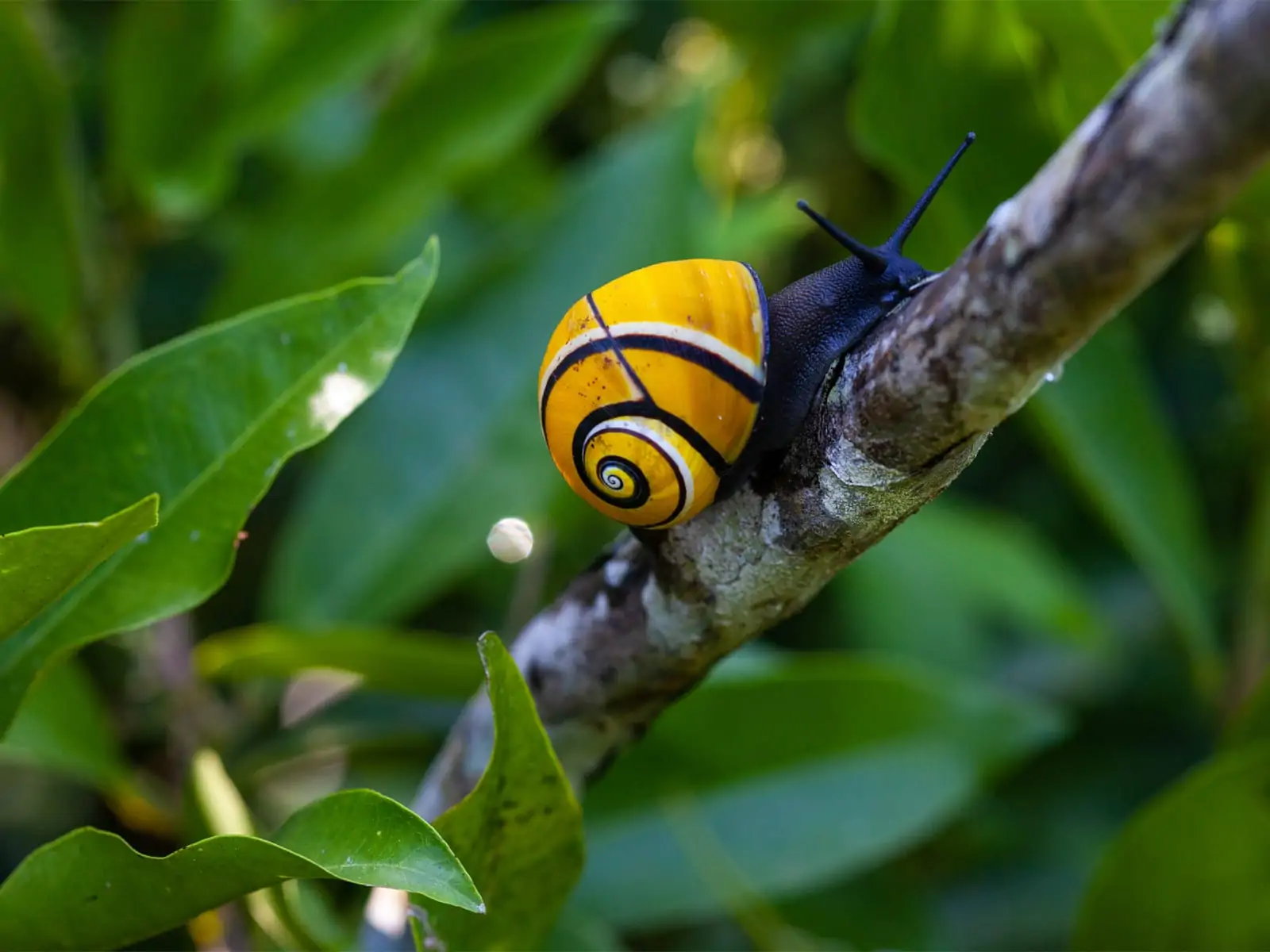
Another factor is that the property of light changes, depending on the depth of the water. Geiger says, “Water absorbs light energy. The longer wavelengths, starting with red, then orange, etc., are filtered out first. Light is also diffused as it passes through water. By about 15 feet down, red light is all but gone, and things that are red begin to look a dull orange. At 60 feet, only blue and green light remains. We think of this as a change that occurs with depth, but it’s really about the distance light travels through water.”
One of the challenges of this production was visualizing how animals see colour differently — for the audience. The filmmakers teamed up with scientists who study animal vision and developed specialist camera systems that allowed them to record colours in polarized light, and in the UV range.
Constructing camera systems to simulate how some animals see presented a lot of challenges. Geiger states, “First, it’s critical to understand how animals perceive their world, and for that, we relied on scientists Viktor Gruev at the University of Illinois, and Justin Marshall and Sam Powell at the University of Queensland’s Brain Institute. UV and polarization photography has been around a long time, but what makes this series unique is combining both visible light imagery and those other wavelengths in the same image.”
Geiger notes the technology had to be small enough and rugged enough to take into the field and underwater. Combined with new software, new aspects of behaviour were revealed. Geiger’s team shot the RED MONSTRO 8K at 50 frames per second, and on occasion if they needed more frame rate, would drop to 6K. Geiger explains, “Rory McGuinness and I shot the underwater sequences in several locations. The stories feature small, fast-moving animals, no less extraordinary for their size, but challenging to film underwater. We spent a lot of time with our researchers to learn the behaviours of each species, to be as prepared as possible in the field. We chose two primary camera systems: a RED HELIUM in Nauticam housing, and Sony F5/RAW in Gates housing. For both systems, we had a variety of lens and port options that could take us from the macro to the micro.”
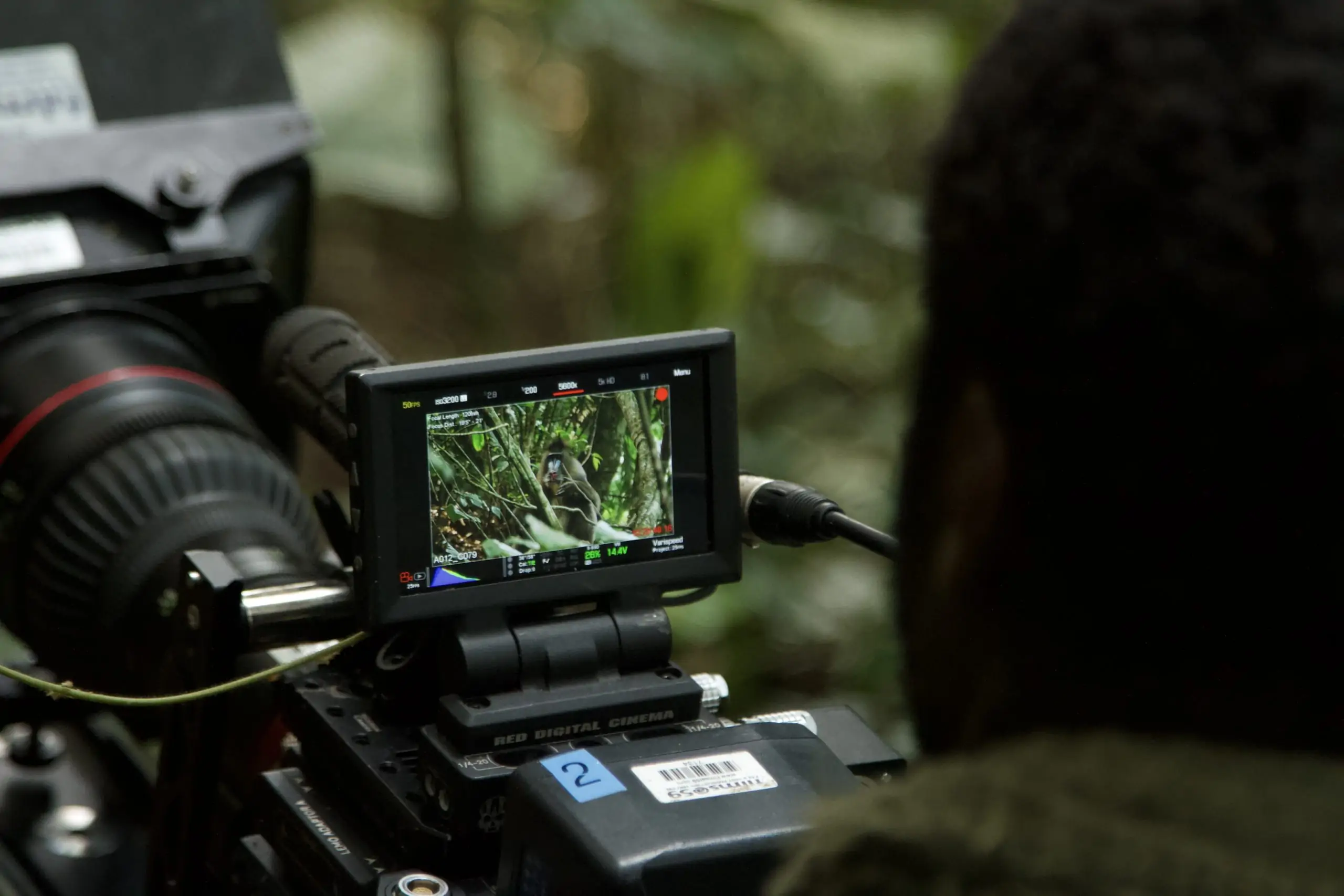
Documentary and wildlife cameraman Vianet Djenguet hiked into the forest of Park de la Lekedi in Gabon, to explore the male Mandrill’s vibrant colours that assert the primate’s dominance in a group. Djenguet and a small crew spent three weeks documenting their behavior.
Djenguet took a different approach to capturing the Mandrills due to the focus on colour. “I used a low-angle method to emphasize their size, making them look larger to accentuate their features and colours,” he says. “I also made sure I set my RED GEMINI on the IPP2 and wide gamut RGB mode to capture every colour the sensor can see.”
Djenguet, a researcher and three porters, who helped carry equipment through the dense undergrowth of the terrain, had to watch out for monstrous thorny vines and razor-sharp leaves. On top of those tough conditions, he had to look out for the highly venomous Gaboon viper. They only had a few weeks to accomplish their objective of filming the dominant male, but it wasn’t until the third week the Mandrills accepted the film crew’s presence.
A basic tenet of wildlife filmmaking is for the filmmaker to learn as much about the subject long before and during production. However, a filmmaker’s relationship to nature is complicated because they want to get close but not too close as to interfere with the natural series of events. Djenguet notes, “When filming primates in the wild, there are times that groups will be quite cautious and skittish at our presence, but after you show a gentle and consistent routine with respect to their boundaries, they generally start to accept your presence. Primates are highly intelligent, if they are not comfortable with your presence then you won’t be filming them.”

Choudhury says that the series didn’t set out to address environmental problems, but during filming they discovered that climate change was affecting the lives and colours of some animals in ways they had not expected. “Many animals living in cold habitats, such the arctic fox and mountain hare, change their brown summer coats for white winter fur to afford them better camouflage. But as our world warms and snow cover melts away earlier and earlier every year, these animals are often out of sync and mismatched with their habitats, making them more vulnerable to predation.”
Surprisingly, other species are attempting to fight back against global warming with colour. On Australia’s Great Barrier Reef, almost half of the corals have died off over the last 15 years due to the warming of the seas. But in the last decade, scientists have discovered that some dying corals have started to produce bright fluorescent pigments that act as sunscreen in an effort to protect themselves.
Another segment in Life in Colour filmed in West Papua, Indonesia, focused on the magnificent bird-of paradise. Tim Laman, an American ornithologist, wildlife photojournalist and filmmaker, staked out the male’s display perch for several weeks. He filmed with a RED HELIUM 8K from his hide and had numerous DSLR and Go Pros set up on branches around the display site that were controlled remotely.

Choudhury notes, “With this set up, we got some of the best views of the male bird’s display.” The team went at the peak of breeding season, when the males are very active with young males coming to watch every day, but female visits rare.
Birds-of-paradise never cease to amaze with their unique and bizarre displays that are unrivalled in the animal kingdom. “Our eyes have three colour receptors,” Choudhury explains, “but birds have four, allowing them to see in the UV range too. UV colours are particularly bright, so they can be very effective in dark rainforest habitats. The Magnificent bird-of-paradise makes sure that his plumage stands out better by cleaning his arena of any leaves. Against a plain brown canvas, his colours appear brighter and more dazzling.”

Laman chose RED cameras “for quality of the image, dynamic range, good colour science, ability to shoot high speed, etc. Also, one feature that is incredibly useful for this type of filming is pre-record. You never know exactly when a bird is going to arrive on the perch, or start displaying, or do something else suddenly. The ability to have pre-record rolling and not miss things is just a huge benefit. It also saves you from recording so much useless media and filling up your cards when you think something is about to happen but it doesn’t.” Laman’s go-to setting was 6K shooting 75 fps for speed and low noise. “These birds move so quickly. We need to slow them down to human speed.”
Laman believes the bird-of-paradise can be ambassadors for the conservation of the rain forest. “They are the most charismatic and recognizable species of wildlife from the New Guinea region. They only live in the rain forest there. The general public doesn’t know too much about the rain forest of New Guinea because it is not as famous as the Amazon or the Congo in Africa. My hope is that through being wowed by the amazing bird-of-paradise, we can help raise awareness at all levels, from the international audience to the Indonesian people and their government.”
The results of the filmmakers on Life in Colour are an extraordinary revelation. See it for yourself. Now streaming on Netflix.
Article courtesy of RED Digital Cinema, Humble Bee Films and SeaLight Pictures.

